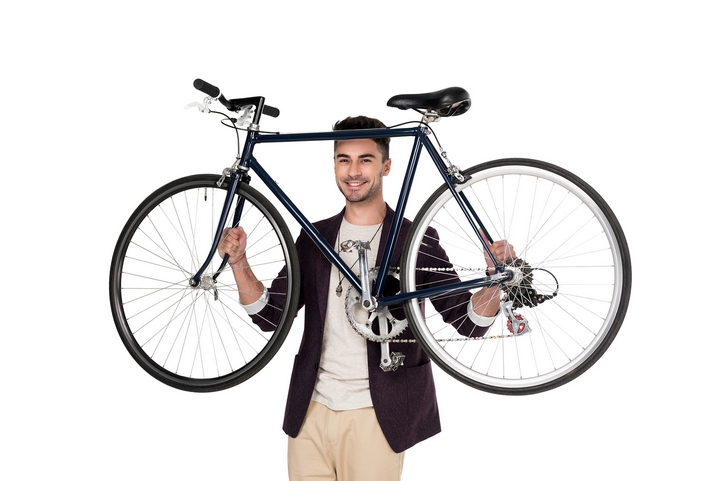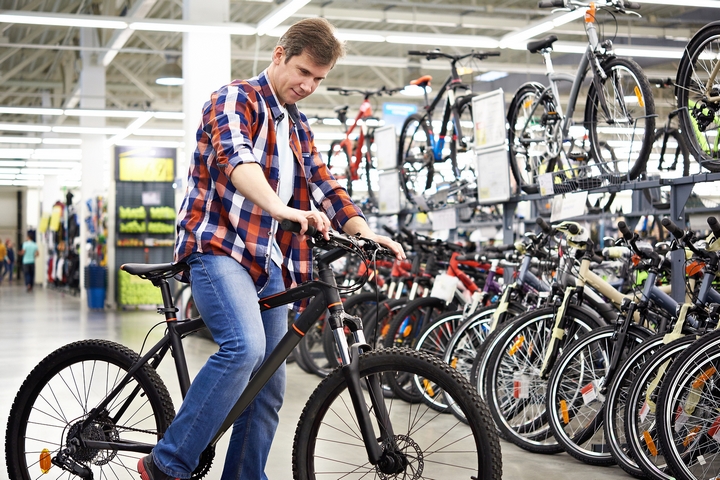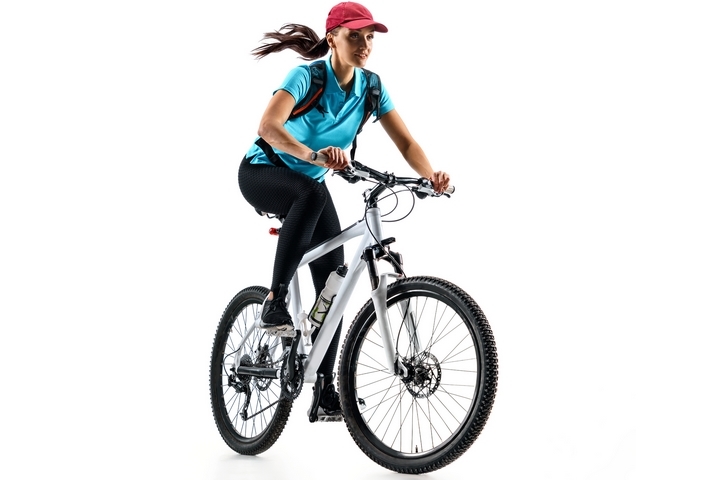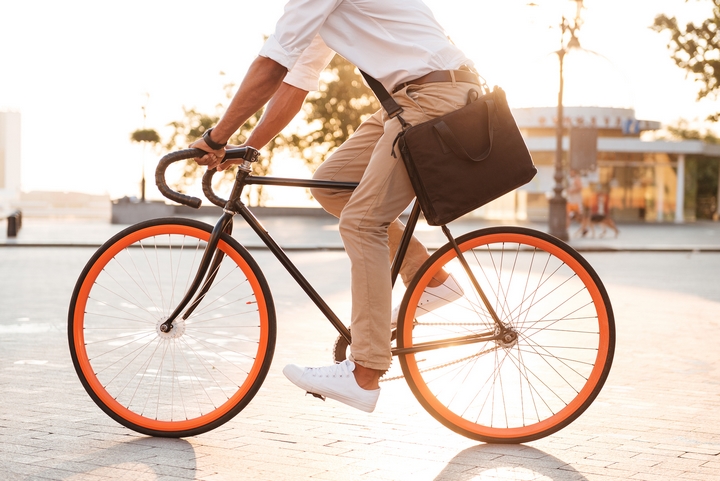
When it comes to getting a city bike, the fit is important. If you don’t feel comfortable on it, you won’t use it. Getting the perfect fit isn’t just about adjusting the height of your seat, however. There are several measurements and adjustments to consider to ensure your bike perfectly fits your height, size, and riding style.
1. Ensure the Seat Is Level

Most riders don’t realize this, but a level seat offers improved pedalling efficiency while also better supporting your entire body weight. If the seat slides forward, more pressure will be placed on your hands, arms, and knees, which can not only be uncomfortable but also lead to injuries. All you have to do to ensure your seat is level is to place the bike on a level surface and place a construction level on top of the seat.
2. Find the Right Seat Height

Adjusting your seat to the right height can also make all the difference for your riding comfort. It can reduce knee strain, help you ride faster, and increase your comfort. To find your ideal seat height, pedal backwards with your heels on the pedals. When your legs are totally extended at the bottom of the stroke, you’ll know the height is just right. Make sure you’re not rocking your hips as you pedal, though, as this is an indication that the seat is too high. To avoid having to find the right seat height again in the future, consider marking the post to mark the correct position.
3. Change Your Handlebar Height

Finding the right handlebar height is also important since it will prevent soreness in your lower back and your neck. Ideally, there should be a difference between one and four inches between the height of your bars and the height of your seat. Measure the difference with a ruler to be sure. Generally speaking, shorter riders tend to prefer higher handlebars while taller riders seem to prefer shorter bars. With hands on the handlebars, you back should be at a 45-degree angle to achieve maximum comfort and avoid craning your neck. If you need to raise the bars significantly, you may need to install housing and longer cables.
4. Adjust the Handlebar Reach

If you want to ensure a truly enjoyable and comfortable ride across the city, you’ll always want to make sure to adjust for proper reach to the handlebars. Handlebars that are too close will often lead to pain the back, hands, shoulders, and neck, while reducing the control you have over your bike and decreasing your power. Reaching too far, on the other hand, can lead to improper weight distribution and a lack of control.
You can gauge whether the handlebar reach is optimal by whether or not you feel the need to scoot forward or back in the seat while riding. You should also be able to bend your elbows while you’re riding and feel equal pressure on the seat and the hands.
5. Get the Right Frame Size

Perhaps most importantly, you must purchase a bike with the right frame size for your body. For the majority of riders, this shouldn’t be a problem. However, it’s a factor that very short and tall riders should consider more seriously. In addition, there are frame sizes that are designed specifically for women to provide a more comfortable riding position, which you might want to consider.
The easiest and simplest way to determine whether a bike has the right frame size for you is to stand over it. In this position, there should be one to two inches of clearance between your crotch and the bike’s top tube. However, it should be noted that all manufacturers use different charts and formulas when measuring their bike frames.
Having the perfect bike fit can help you ride more comfortably, ride with more power, pedal more efficiently, and prevent serious injuries and chronic back and knee pain.
